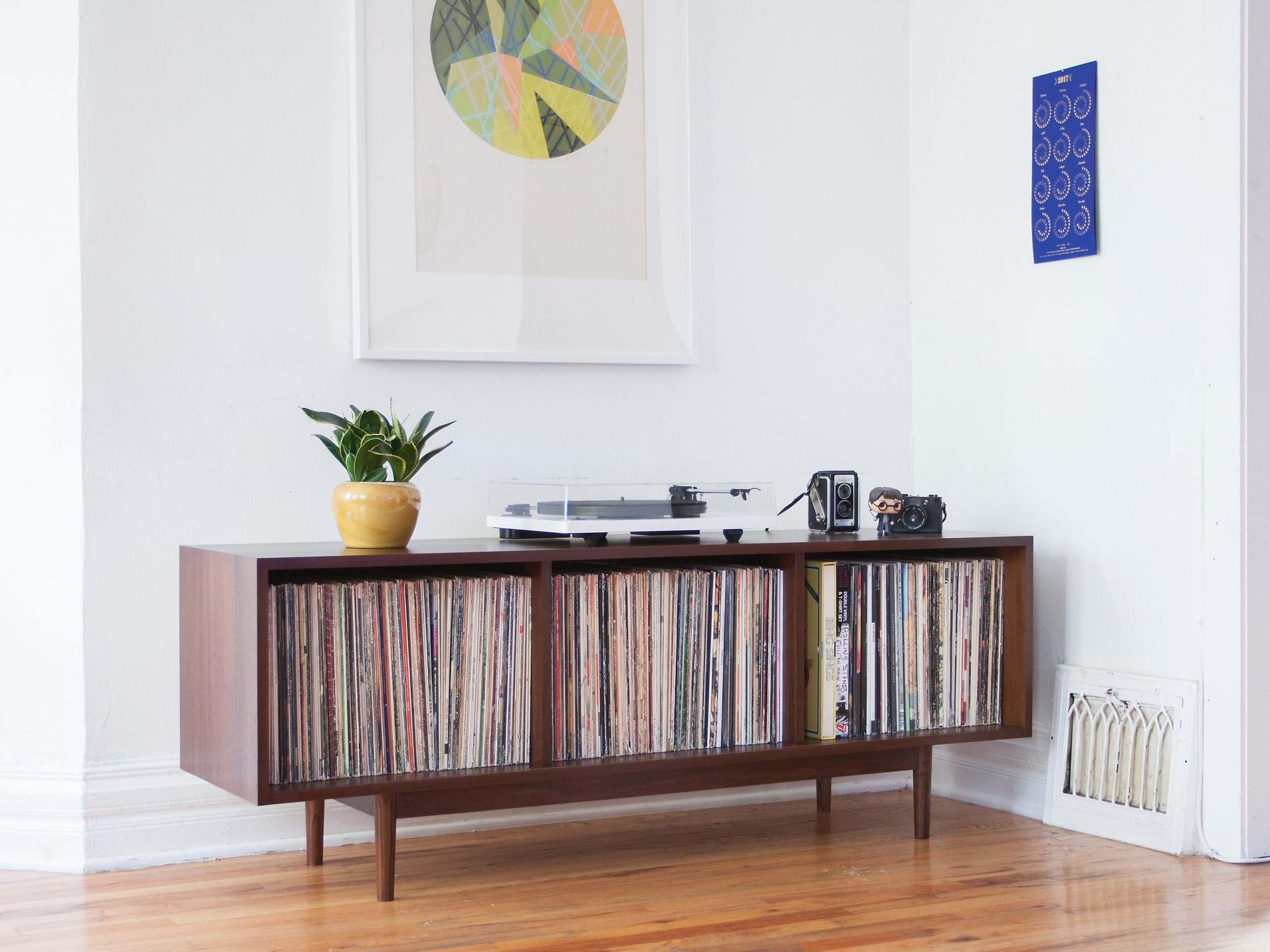
Designing for the Future: A Look into Interior Design Trends of 2023
The Evolution of Interior Design
Interior design has come a long way over the centuries, evolving from simple cave dwellings to elaborate and luxurious spaces. The history of interior design can be traced back to ancient civilizations such as Egypt and Mesopotamia, where the use of color, texture, and materials played a significant role in creating visually appealing spaces. As time went on, different cultures and societies developed their own unique styles and techniques, leading to the diverse range of interior design styles we see today.
Over the years, interior design has evolved in response to societal changes and advancements in technology. In the past, interior design was primarily focused on aesthetics and creating visually pleasing spaces. However, as people became more aware of the impact their choices have on the environment, sustainability and eco-friendly design became important considerations in interior design. Sktong
Sustainability and Eco-Friendly Design
Sustainability and eco-friendly design have become increasingly important in interior design as people become more conscious of their environmental impact. Sustainable design involves using materials and products that are environmentally friendly, energy-efficient, and non-toxic. This includes using recycled or renewable materials, reducing waste during construction or renovation, and incorporating energy-efficient lighting and appliances.
There are many examples of eco-friendly materials and products that can be used in interior design. For example, bamboo is a sustainable material that can be used for flooring, furniture, and accessories. It is fast-growing and does not require pesticides or fertilizers to grow. Another example is reclaimed wood, which is salvaged from old buildings or furniture and repurposed for new projects. This reduces the demand for new wood and helps prevent deforestation.
Incorporating sustainability into interior design can be done in various ways. One way is to choose furniture and accessories made from sustainable materials. This can include using recycled or upcycled materials, such as repurposing old furniture or using reclaimed materials for new projects. Another way is to incorporate energy-efficient lighting and appliances, such as LED lights and energy-efficient appliances. Additionally, using low VOC (volatile organic compounds) paints and finishes can help reduce indoor air pollution.
Technology Integration in Interior Design
Advancements in technology have had a significant impact on interior design, allowing for new possibilities and innovative design solutions. Technology has made it easier to visualize and plan spaces, as well as incorporate smart features into homes and buildings.
One example of technology integration in interior design is the use of virtual reality (VR) and augmented reality (AR) tools. These tools allow designers and clients to visualize spaces in 3D before construction or renovation begins. This can help identify potential issues or design flaws and make necessary adjustments before any physical work is done.
Another example is the use of smart home technology. This includes features such as automated lighting, temperature control, and security systems that can be controlled remotely through smartphones or voice commands. These technologies not only enhance convenience but also improve energy efficiency by allowing users to control and monitor their energy usage.
Incorporating technology into interior design can be done in various ways. For example, integrating smart home technology into the design can enhance the functionality and convenience of a space. Additionally, using digital tools such as CAD (computer-aided design) software can help designers create accurate and detailed plans for their projects.
Minimalism and Simplistic Design
Minimalism is a design style that focuses on simplicity, functionality, and clean lines. It emphasizes the use of minimal furniture and accessories, with a focus on quality over quantity. Minimalist design has gained popularity in recent years due to its timeless appeal and ability to create a sense of calm and serenity in a space.
There are several benefits to incorporating minimalist design into interior spaces. One benefit is that it can make a space feel larger and more open. By reducing clutter and unnecessary furniture, minimalist design allows for better flow and circulation in a space. Additionally, minimalist design can help reduce stress and promote a sense of calm and relaxation.
Achieving a minimalist look in interior design can be done by following a few key principles. First, it is important to declutter and remove any unnecessary items from the space. This includes furniture, accessories, and decorations that do not serve a functional or aesthetic purpose. Second, choosing furniture and accessories with clean lines and simple shapes can help create a minimalist aesthetic. Finally, using a neutral color palette with pops of color can add visual interest without overwhelming the space.
Biophilic Design: Bringing Nature Indoors
Biophilic design is an approach to interior design that seeks to incorporate elements of nature into indoor spaces. It recognizes the innate human connection to nature and the positive impact it can have on our well-being. Biophilic design can include features such as natural light, indoor plants, natural materials, and views of nature.
There are several benefits to incorporating nature into interior design. One benefit is that it can improve mental health and well-being. Studies have shown that exposure to nature or natural elements can reduce stress, improve mood, and increase productivity. Additionally, incorporating natural elements into interior spaces can create a sense of connection to the outdoors, even in urban environments.
There are many ways to incorporate biophilic design into interior spaces. One way is to maximize natural light by using large windows or skylights. This not only brings in natural light but also provides views of the outdoors. Another way is to incorporate indoor plants into the design. Plants not only add visual interest but also improve air quality by filtering out toxins.
Bold Colors and Patterns
Color and pattern play a crucial role in interior design, as they can evoke different emotions and set the tone for a space. Bold colors and patterns can add visual interest and create a focal point in a room. They can also be used to create a sense of drama or to highlight specific architectural features.
Incorporating bold colors and patterns into interior design can be done in various ways. One way is to use bold colors on walls or furniture. This can be done through the use of paint, wallpaper, or upholstery. Another way is to incorporate bold patterns through textiles, such as rugs, curtains, or throw pillows. Additionally, using artwork or decorative accessories with bold colors or patterns can add visual interest to a space.
There are many examples of bold color and pattern use in interior design. For example, a vibrant red accent wall can create a focal point in a living room, while a bold geometric patterned rug can add visual interest to a bedroom. It is important to balance bold colors and patterns with neutral elements to avoid overwhelming the space.
Multifunctional Furniture and Space Optimization
Space optimization is an important consideration in interior design, especially in smaller homes or apartments where space is limited. Multifunctional furniture plays a key role in optimizing space by serving multiple purposes and maximizing functionality.
There are many examples of multifunctional furniture that can be used in interior design. For example, a sofa bed can serve as both seating during the day and a bed at night. This eliminates the need for a separate guest room and allows for more flexibility in how the space is used. Another example is a coffee table with built-in storage compartments, which can be used to store books, magazines, or other items.
In order to optimize space in interior design, it is important to carefully plan the layout and functionality of the space. This includes considering the flow and circulation of the space, as well as the specific needs and activities that will take place in the space. Additionally, choosing furniture that is appropriately scaled for the space can help prevent overcrowding and make the space feel more open and inviting.
Personalization and Customization in Design
Personalization and customization are important aspects of interior design, as they allow individuals to create spaces that reflect their unique tastes and preferences. Personalized design can create a sense of ownership and connection to the space, making it feel more like home.
There are many ways to incorporate personalization into interior design. One way is to use artwork or decorative accessories that have personal meaning or significance. This can include family photos, travel souvenirs, or handmade items. Another way is to choose furniture or finishes that reflect personal style, such as a favorite color or pattern.
There are many examples of customized design that can be used in interior spaces. For example, a custom-built bookshelf can be designed to fit a specific space and accommodate a large collection of books. Additionally, custom cabinetry can be designed to maximize storage and meet specific needs, such as a built-in wine rack or a pull-out pantry.
Cultural Diversity and Inclusivity in Design
Cultural diversity and inclusivity are important considerations in interior design, as they promote equality and respect for different cultures and backgrounds. Inclusive design seeks to create spaces that are accessible and welcoming to all individuals, regardless of their abilities or backgrounds.
There are many ways to incorporate cultural diversity and inclusivity into interior design. One way is to use materials or finishes that reflect different cultures or traditions. This can include using traditional textiles or patterns, or incorporating artwork or decorative accessories from different cultures.
Another way is to consider accessibility when designing a space. This includes ensuring that the space is wheelchair accessible, with wide doorways and ramps if necessary. Additionally, considering the needs of individuals with visual or hearing impairments can help create a more inclusive space.
Preparing for the Future of Interior Design
In conclusion, interior design has evolved over time in response to societal changes and advancements in technology. Sustainability and eco-friendly design, technology integration, minimalism, biophilic design, bold colors and patterns, space optimization, personalization and customization, and cultural diversity and inclusivity are all important considerations in modern interior design.
As the field of interior design continues to evolve, it is important for designers to stay up-to-date with the latest trends and advancements. This can be done through continuing education, attending industry events and conferences, and staying connected with other professionals in the field.
By embracing new technologies, incorporating sustainable practices, and considering the diverse needs and preferences of individuals, interior designers can create spaces that are not only visually appealing but also functional, comfortable, and environmentally friendly. By preparing for the future of interior design, designers can continue to create innovative and inspiring spaces that enhance the lives of those who inhabit them.
If you’re looking for the perfect table lamp to complement your interior design in 2023, look no further than this article on Bring Full. They have a comprehensive guide on how to choose a pendant lamp that will elevate the ambiance of any room. Whether you’re going for a modern or traditional look, this article will help you make the right choice. Check it out here: https://www.bringfull.com/2023/05/01/choosing-a-pendant-in-lamp/

